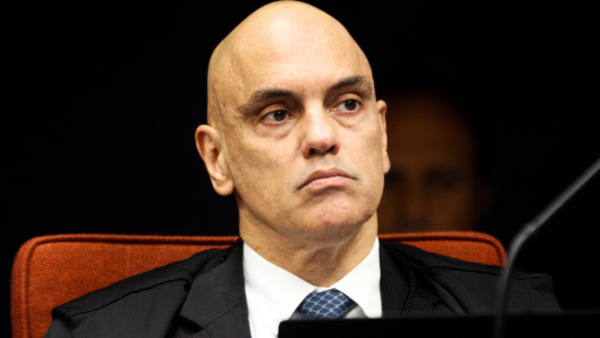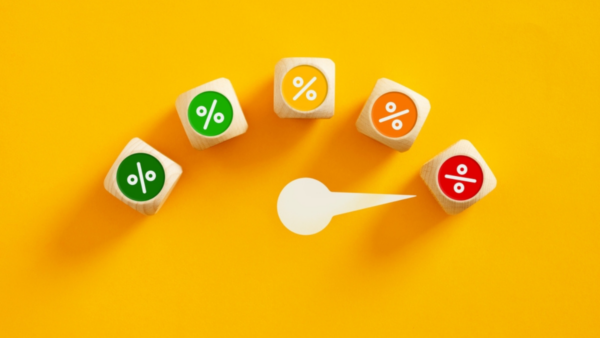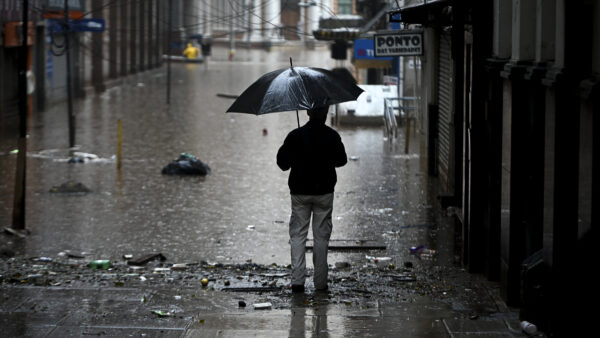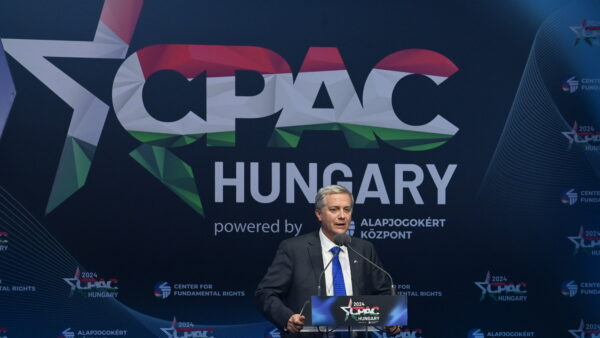Brazil’s biggest city São Paulo began administering a fourth dose of Covid vaccine to its adult residents this week. At least seven states have begun the process of dishing out second boosters to over 40s, with the rest still limiting the jabs to immunosuppressed citizens.
While this effort might slightly curb case numbers across those regions, it seems unlikely to make a significant dent in the recent national Covid wave.
Cases of the virus have been surging since the end of May, with the seven-day rolling average climbing from around 15,000 in that period to a peak of almost 60,000 last week.
A recent study conducted by the Todos Pela Saúde Institute found that 79 percent of new cases are identified as either the BA.4 or BA.5 subvariants and that most positive tests are not first-time infections. Deaths caused by Covid have also increased in the last two months, although not quite at the same rate as contagion.
Even with the state of São Paulo seeing a satisfactory rate of full vaccination at 87.5 percent, only 57 percent of its population has received a booster. This is the second-highest rate in the country, with only three other states passing the 50 percent threshold.
Thus, a fourth dose amidst a period of Covid fatigue will result in an even narrower rate of administration and is likely not be enough to halt the rise in cases.
Last week also saw the beginning of Covid vaccinations for children over three after health regulators signed off on the distribution of jabs for this age group. Due to shortages of infant doses of vaccine, the rollout in São Paulo is still limited to those with comorbidities, physical disabilities, or part of an indigenous community.
This scarcity is a nationwide issue, and a grave one at that. According to an exclusive analysis published by The Brazilian Report, the federal government has failed to distribute enough vaccinations for children even in the 5-to-11 age range. Especially as the process has been ongoing since January, this is a worrying sign for youth infections and transmissions.


 Search
Search










































